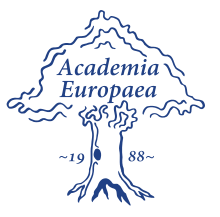Speaker
Prof.
László Gránásy
(Wigner RCP, Hungarian Academy of Sciences)
Description
Polycrystalline materials (e.g., technical alloys, minerals, drugs, sugar, etc.) play an essential role in our everyday life. Their properties are determined by the size-, shape-, and composition distributions of the crystallites they are built of. Knowledge based designing of their properties requires a mathematical model of polycrystalline solidification. In the past years the phase-field theory became the method of choice, when modeling complex solidification microstructures. After a brief introduction, recent advances made in describing polycrystalline freezing will be reviewed. The applied model incorporates homogeneous and heterogeneous nucleation of growth centers and several mechanisms to form new grains at the perimeter of growing crystals, a phenomenon termed growth front nucleation. Formation of complex polycrystalline structures such as disordered dendrites, polycrystalline growth forms (ranging from disordered dendrites to spherulitic patterns), and various eutectic structures, including spiraling two-phase dendrites will be addressed. Simulations exploring possible control of solidification patterns in thin films via external fields, confined geometry, particle additives, scratching/piercing the films, etc. will also also be displayed. For a review see L. Gánásy at al., Metall. Mater. Trans. A 45, 1694 (2014).

